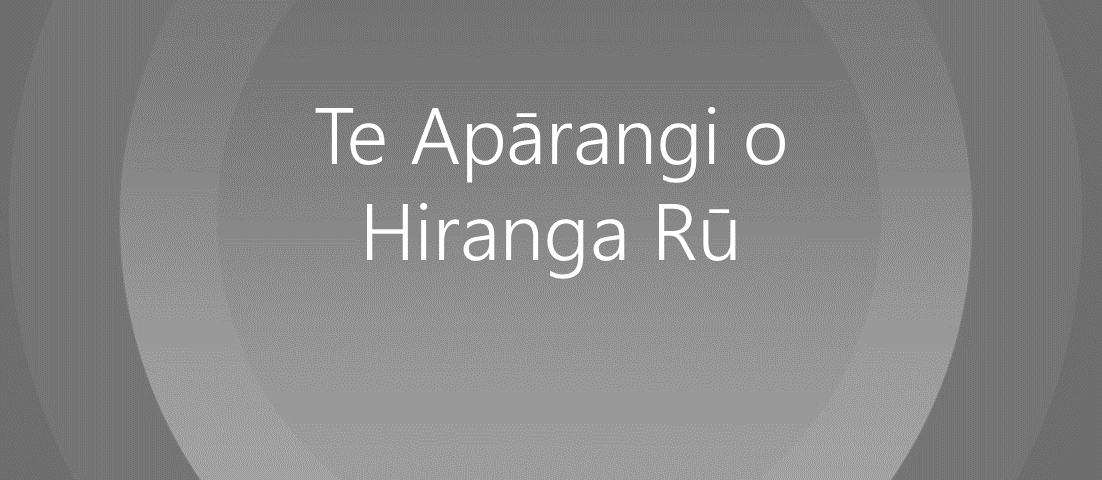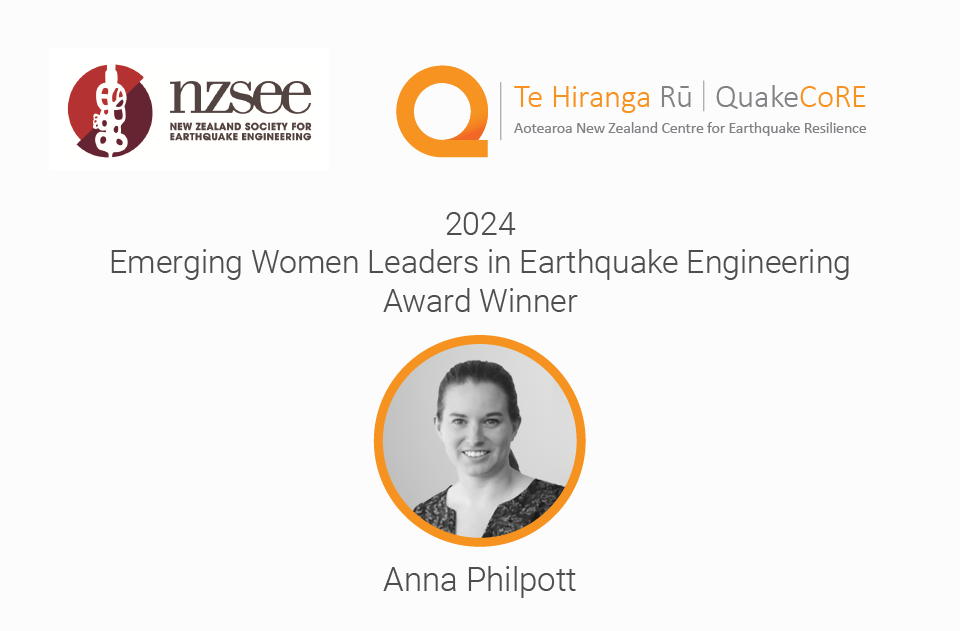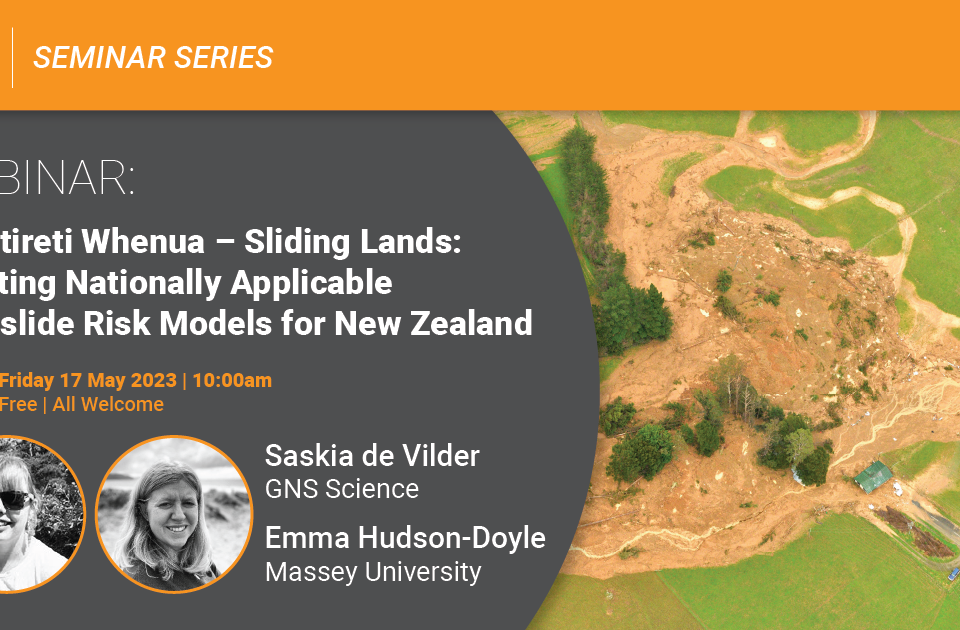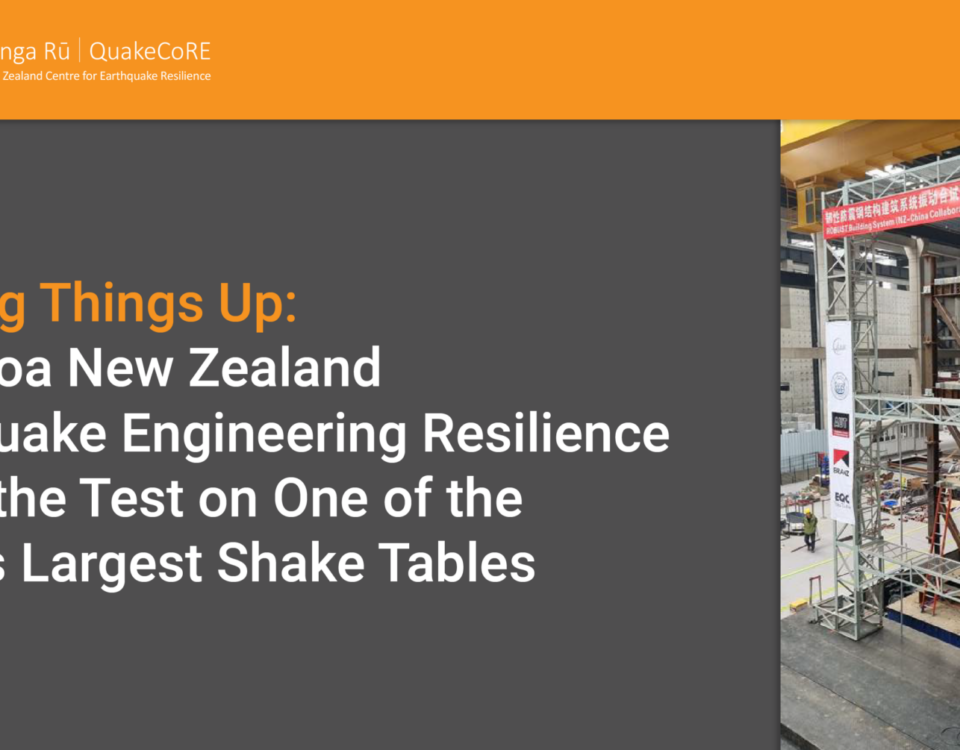
Registration Confirmation
September 1, 2020
QuakeCoRE Seminar – 2 October 2020
September 8, 2020The first hui of Te ApÄrangi o Hiranga Rū (QuakeCoRE Māori Governance Board) was held in July, with their next meeting scheduled for mid-September.
The over-arching objectives of Te ApÄrangi are:
- To give recognition to the Te Tiriti o Waitangi by enacting a Treaty-based relationship that provides QuakeCoRE with appropriate leadership and which supports Māori earthquake resilience research aspirations and capabilities;
- To provide leadership, advice and guidance to the QuakeCoRE Board and management with the aim of improving QuakeCoRE-’s Māori research capability and delivery;
- In partnership with QuakeCoRE stakeholders, Iwi, hapÅ«, whÄnau and Māori researchers, foster the development and implementation of research that improves Māori resilience to earthquakes;
- Monitor progress against QuakeCoRE-’s Māori research targets and outcomes.
Inaugural Board members are: TÄ Mark Solomon (Chair), Diane Bradshaw, Shane Graham and Marama Muru-Lanning. The Board brings extensive senior leadership and wide ranging experience at a national level in research, Mātauranga Māori, government, community partnerships, and Iwi governance.
TÄ Mark is a Professional Director and is a member of several national Boards, including the QuakeCoRE Governance Board, Diane is the Stakeholder Relations Partner – Iwi for GNS Science, Marama is an Associate Professor at Auckland University and a Director of the James Henare Research Centre, and Shane is the Chief Executive of Te Runanga o Ngāti Rarua.
|
TÄ Mark Solomon
|
Dia ne Bradshaw ne Bradshaw |
Shane G raham raham |
Marama Muru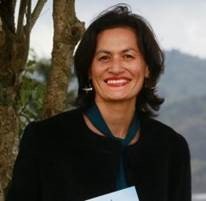 -Lanning -Lanning |
A tohu or logo has also been developed for Te ApÄrangi which represents partnership with QuakeCoRE and shows a relationship of trust and equal standing. As well as reflecting MaÌ„tauranga MaÌ„ori perspectives on earthquake resilience the Tohu recognises the expertise of the Board.
The stylised “Q- provides consistency with QuakeCoRE-’s branding but goes further by providing identity and unique personality to Te ApÄrangi o Hiranga Rū, and the puhoro design on the “Q- is a split koru which represents the swiftness of earthquakes. The colour orange is consistent with Rūaumoko who is the god of earthquakes, volcanoes and seasons, and blue represents stability and reliability. In combination these elements represent balance between the potential chaos of earthquakes and the mindset and approach to effectively build earthquake resilience in all its forms.



